UK-N/A-2300230 (V2) | October 2023
ARFID: Avoidant restrictive food intake disorder
Footnotes
* Similac High Energy is suitable as sole source of nutrition for oral and enteral feeding of infants and children up to 8kg in weight (or 18 months of age). ‡ Based on UK DRVs, Department of Health, excluding electrolytes chloride, potassium and sodium. ^Claim pertains to both palm oil and palm olein oil **Oral Nutritional Supplements †Independent, head-to-head testing for PaediaSure, PaediaSure Plus, PaediaSure Fibre, PaediaSure Plus Fibre, PaediaSure Peptide vs Fortini or Frebini Energy or Peptamen Junior Powder and PaediaSure Compact. ***Medium Chain Triglycerides.
References
1. WHO, 2021: Malnutrition. Available online: https://www.who.int/news-room/fact-sheets/detail/malnutrition. Last accessed February 2023. 2. Larson-Nath C et al. Nutr Clin Pract 2019;34(3):349–358. 3. NHS, 2020: Malnutrition. Available online: https://www.nhs.uk/conditions/malnutrition/causes/#:~:text=Some%20children%20may%20become%20malnourished,in%20poverty%20or%20being%20abused. Last accessed February 2023. 4. UNICEF, 2019: The changing face of malnutrition. Available online: https://features.unicef.org/state-of-the-worlds-children-2019-nutrition/. Last accessed February 2023. 5. BAPEN, 2015: The cost of malnutrition in England and potential cost savings from nutritional interventions (short version). Available online: https://www.bapen.org.uk/pdfs/economic-report-short.pdf. Last accessed February 2023. 6. BAPEN, 2015: The cost of malnutrition in England and potential cost savings from nutritional interventions (full report). Available online: https://www.bapen.org.uk/pdfs/economic-report-full.pdf. Last accessed February 2023. 7. Tette E et al. BMC pediatrics 2015;15:189. 8. Martins V et al. Int J Environ Res Public Health 2011; 8(6):1817–1846. 9. Stanga Z et al. Clin Nutr 2007; 26(3):379-382. 10. RCPCH, 2023. Record high: Over 400,000 children waiting for treatment amidst child health crisis. Available online: https://www.rcpch.ac.uk/news-events/news/record-high-over-400000-children-waiting-treatment-amidst-child-health-crisis#:~:text=Record%20high%3A%20Over%20400%2C000%20children%20waiting%20for%20treatment%20amidst%20child%20health%20crisis,-11%20May%202023&text=Startling%20new%20data%20reveals%20that,currently%20on%20the%20waiting%20list. Last accessed August 2023. 11. Reber E et al. J Clin Med 2019;8(7):1065. 12. McCarthy H et al. Journal of Human Nutrition and Dietetics 2012;25(4):311–318. 13. WHO, 2017: Assessing and managing children at primary health-care facilities to prevent overweight and obesity in the context of the double burden of malnutrition. Available online:https://apps.who.int/iris/bitstream/handle/10665/259133/9789241550123-eng.pdf. Last accessed February 2023. 14. CQC, 2022: Regulation 14: Meeting nutritional and hydration needs. Available online: https://www.cqc.org.uk/guidance-providers/regulations-enforcement/regulation-14-meeting-nutritional-hydration-needs. Last accessed February 2023. 15. NHS England, 2015: Nutrition and Hydration. Available online: https://www.england.nhs.uk/commissioning/nut-hyd/. Last accessed February 2023. 16. Agostoni C et al. Journal of Pediatric Gastroenterology and Nutrition 2005; 41(1):8–11. 17. Browne SI et al. Clin Nutr ESPEN 2021;44:415–423. 18. WHO, 2020. WHO report on cancer: setting priorities, investing wisely and providing care for all. Available online: https://www.who.int/publications/i/item/9789240001299 Accessed July 2022 19. Bauer J, Jurgens H, Fruhwald M. Adv. Nutr 2011;2:67-77 2011. 20. Penagini F, et al. Nutrients 2015;7:9400-9415 21. Selimoglu MA, et al. Front. Pediatr. 2021;9:610275 22. Balestrieri P, et al. Nutrients 2020;12(2):372. 23. Clarke S. E. et al. J Hum Nutr Diet. 2007;20(4):329-39. 24. Auestad N et al. Pediatrics. 2001;108(2):372-81. 25. Auestad N et al. Pediatrics. 2003;112(3):177-83. 26. Auestad N et al. Pediatric Research. 1997;41(1):1-10. 27. Williams T et al. JPNG. 2014;59(5):653-658. 28. Based on June 2022 community prescribing data 29. Data on file. Abbott Laboratories Ltd., 2007 (PaediaSure Plus & PaediaSure Plus Fibre taste testing). 30. Abbott Laboratories Ltd., 2017 (Sensory research and evaluation: PaediaSure Plus vs. PaediaSure Compact). 31. Data on file. Abbott Laboratories Ltd., 2013 (PaediaSure & PaediaSure Peptide vs. Peptamen Junior Powder). 32. MIMS, July 2023

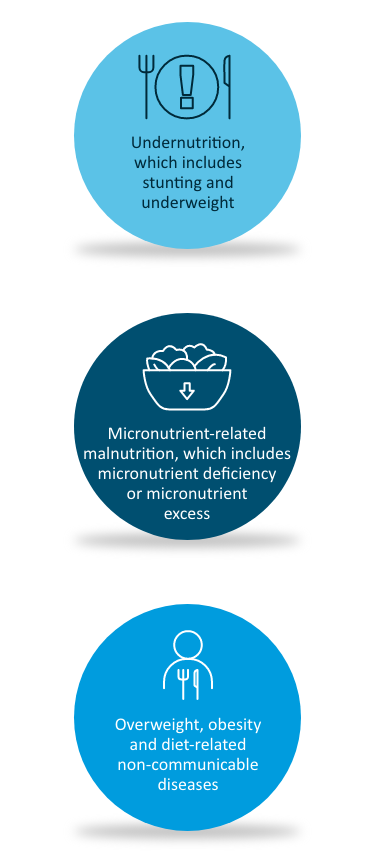
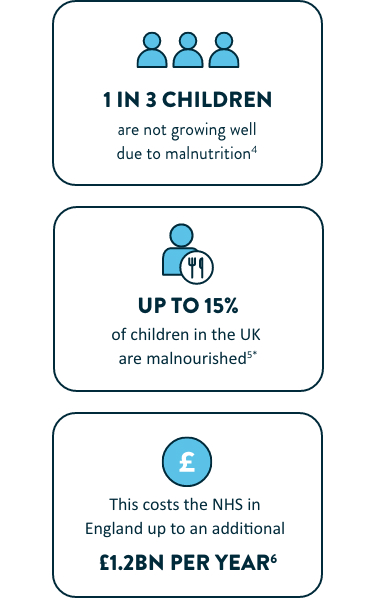
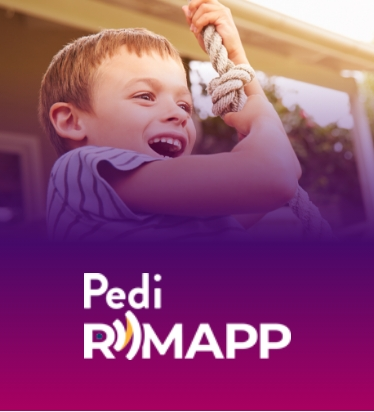

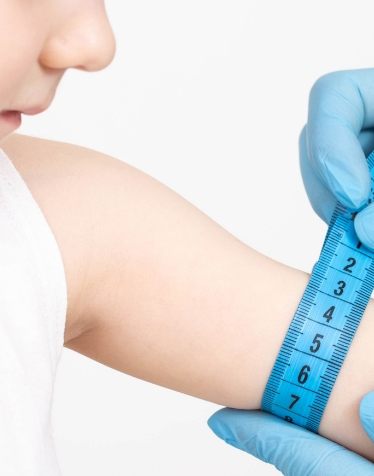
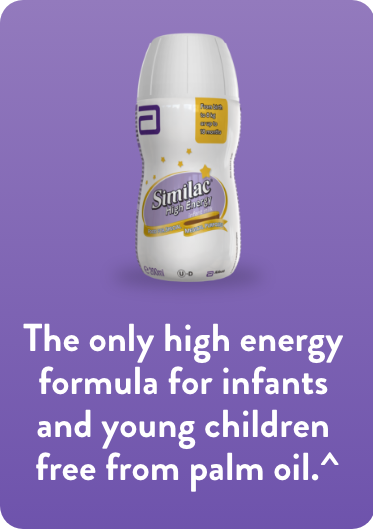


Stay Connected